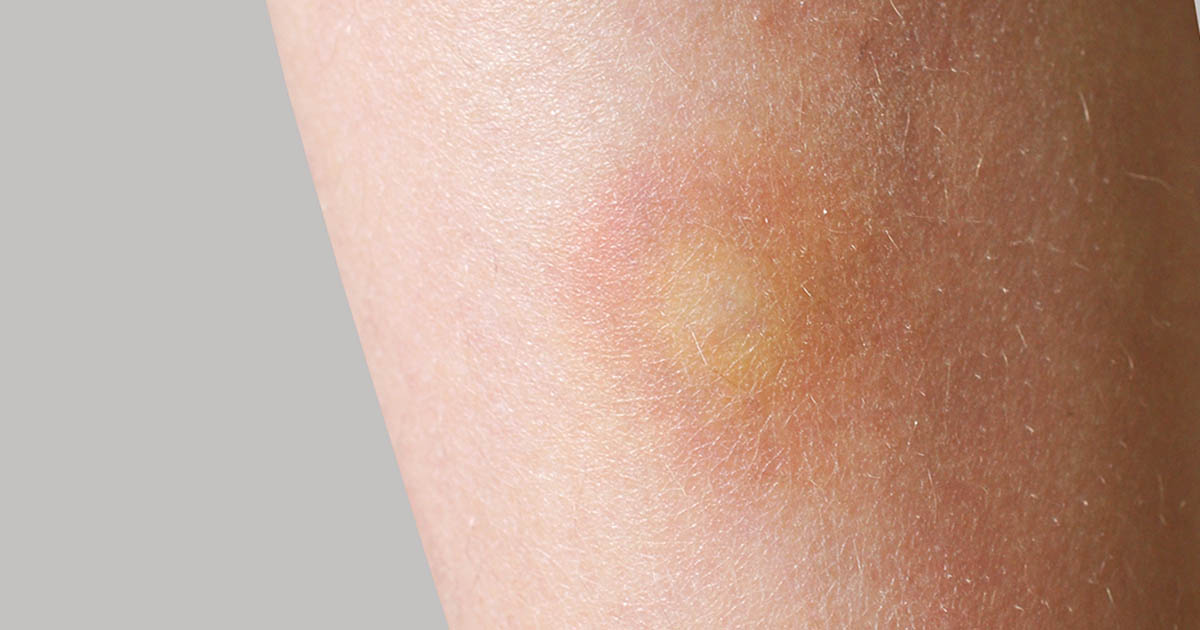Key Symptoms Of Thrombotic Thrombocytopenic Purpura
Bruising

Easy bruising can occur in thrombotic thrombocytopenic purpura patients. A bruise is an injury where the skin becomes discolored due to an accumulation of damaged blood cells that congregates near the surface of an individual's skin. A bruise is usually blue, black, purple, brown, or yellow. Bruises in healthy individuals occur when they bump into something. The impact causes blood vessels to rupture or become injured, resulting in the accumulation of blood underneath the skin.
Bruises in healthy individuals are not problematic other than being mildly tender for several days because the body can mediate the blood vessel damage and bleeding with specific components in the blood. Platelets are responsible for sticking together to form a blood clot over an injury to stop the injured vessel from bleeding. Individuals who have thrombotic thrombocytopenic purpura, however, have low platelets in, which causes bruising to be more severe and more frequent upon minimal or no impact.
Jaundice Or A Pale Complexion

Individuals affected by thrombotic thrombocytopenic purpura develop a form of anemia where their red blood cells are being destroyed at a quicker rate than they are being produced. This form of anemia can cause the patient to have a pale complexion, due to a lack of proper oxygen delivery to their tissues. Jaundice is a yellow discoloration of the skin and whites of the eyes that may also manifest in thrombotic thrombocytopenic purpura.
Jaundice occurs when there is an elevated amount of a waste product referred to as bilirubin in the blood. Bilirubin is the result of the breakdown of hemoglobin, the substance inside of the red blood cells that allows them to transport oxygen. A healthy individual's liver can remove normal levels of bilirubin from the blood before they become an issue. However, an excessive amount of bilirubin accumulates in the blood of thrombotic thrombocytopenic purpura patients because the liver cannot clear higher quantities as effectively.
